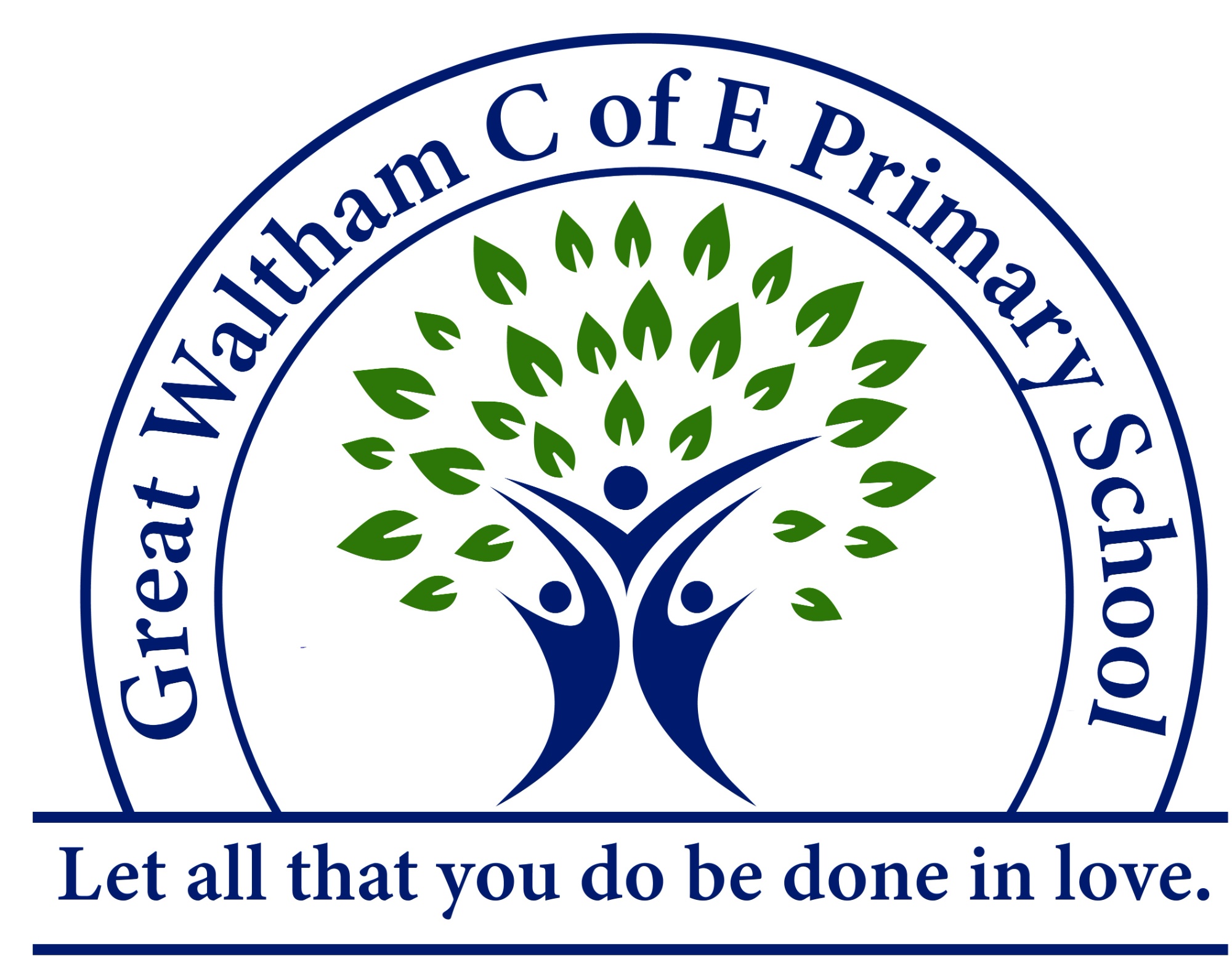Assessment
Teaching staff are continually assessing the progress children are making, which in turn aids them to plan
work at the appropriate level for each child. We have two formal parents’ evenings and written reports each
year.
The Government has set formal assessments that children have to do at some key points throughout their schooling. For EYFS pupils, they have a baseline assessment on entry to school and are assessed at the end of the year through the Foundation Stage Profile. In Year 1, pupils are screened for phonics. Year 6 pupils undertake SATs to assess their abilities and knowledge before leaving primary school. The tests are in reading, spelling, punctuation, grammar and maths.
In Year 4, pupils undertake the statutory Multiplication Tables Test.
Pupil attainment and progress key |
|
|
Attainment Pupils’ attainment is compared to the expectations for their year group. Attainment is graded in the following bands: |
Progress Pupil’s rate of progress is compared to that expected for the year. Rate of progress is graded in the following bands: |
|||
|
Greater Depth: Pupils working beyond the standard expected for their year group, showing greater depth of understanding. |
A: Accelerated progress. Making progress at a rate beyond that which is expected.
|
|||
|
Expected: Pupils who are working at the standard expected for their year group. |
E: Expected progress. Making progress at an expected rate.
|
|||
|
Acquiring: Pupils working on the appropriate age curriculum, but who are not working at the standard expected for their year group. |
BE: Below expected progress. Not making progress at the expected rate.
|
|||
|
Below: Pupils who are not yet working on the objectives linked to their year group. |
|
|||
|
|
|
Punctuality |
Behaviour |
Effort |
|
Exceptional |
Always in school on time.
|
A role model for other pupils due to their excellent behaviour. |
Goes beyond expectations in lessons and with home learning. |
|
Good |
Always meets the GWPS expectations for behaviour. |
Consistently good effort with all work set. |
|
|
Room for Improvement |
Occasionally late to school. |
Occasionally misses learning opportunities due to behaviour. |
Effort is sometimes good, but not always consistently applied. |
|
Cause for Concern |
Frequently late to school. |
Incidents of poor behaviour cause disruption for other pupils. |
Shows a poor attitude in lessons or to home learning. |
We also comment on preparation for learning using a colour code. For example, the child above is always in school on time, meets our expectations for behaviour and applies consistently good effort.
Reception
Pupils’ attainment is compared to the expectations for their year group. Attainment is graded in the following bands:
Expected: Pupils who are working at the standard expected for their year group.
Emerging: Pupils working at the appropriate age curriculum, but who have not yet secured all the expected learning for their year group.
Please contact your child’s class teacher if you have questions about your child’s attainment and progress.
